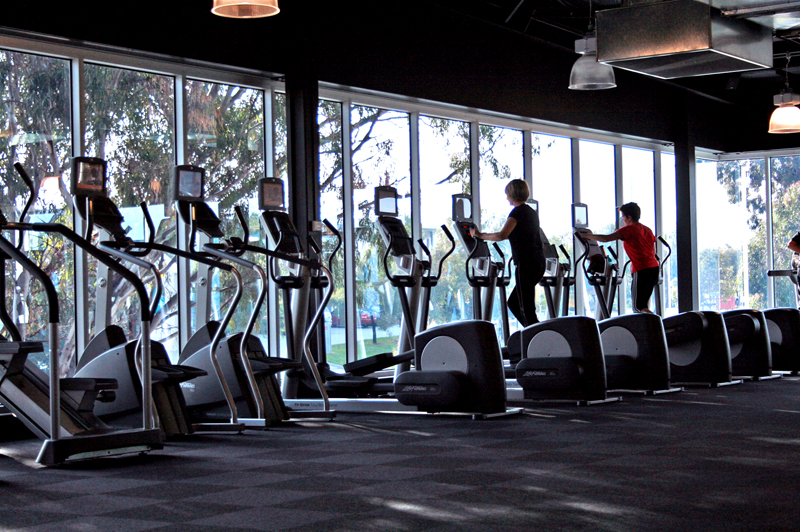Golf is often considered a leisurely sport, but it demands physical fitness and flexibility to excel and stay injury-free on the course. Whether you’re a seasoned golfer or a beginner, incorporating golf-specific fitness exercises into your routine can make a significant difference in your performance and overall well-being. In this blog, we’ll explore a range of exercises designed to help you improve your golf game and reduce the risk of injuries.
1. Core Strength for Stability
A strong core is the foundation of a powerful golf swing. Exercises like planks, Russian twists, and stability ball rollouts can help build core strength. A stable core allows you to maintain proper posture and generate more power in your swing.
2. Flexibility for a Fluid Swing
Flexibility is essential in golf, as it allows for a more fluid and efficient swing. Incorporate stretches like the seated hamstring stretch, shoulder stretches, and yoga poses like the Cobra to improve your range of motion. Increased flexibility can lead to a smoother, more controlled swing.
3. Balance and Coordination
Golf requires excellent balance and coordination. Simple exercises like single-leg stands or balancing on a Bosu ball can help improve stability. Enhanced balance allows you to maintain control throughout your swing, resulting in more accurate shots.
4. Hip Mobility for Rotation
A proper golf swing relies heavily on hip mobility. To increase hip flexibility, try exercises like hip flexor stretches, hip circles, and leg swings. Improved hip mobility allows for better rotation during your swing, leading to longer drives.
5. Strength Training for Power
Strength training exercises, such as squats, deadlifts, and resistance band exercises, can help build muscle and power. A stronger body enables you to generate more clubhead speed, leading to greater distance off the tee.
6. Rotational Exercises
Golf is all about rotation, so incorporating rotational exercises into your routine is vital. Try medicine ball throws, cable wood chops, or resistance band rotations to strengthen your core and improve your rotational power.
7. Posture and Alignment Drills
Maintaining proper posture and alignment is crucial for a consistent golf swing. Practice exercises that focus on posture, such as wall angels and alignment sticks drills. These drills will help ensure your body is in the correct position throughout your swing.
8. Cardiovascular Conditioning
Golf rounds can be physically demanding, especially if you’re walking the course. Incorporate cardiovascular exercises like jogging, cycling, or swimming into your routine to improve your endurance. This will help you stay energized and focused during long rounds.
9. Injury Prevention
Injuries are a golfer’s worst enemy. To prevent common golf-related injuries, perform exercises that strengthen your wrists, elbows, and shoulders. Resistance band exercises and wrist curls can help protect these vulnerable areas.
10. Recovery and Stretching
Don’t forget to include post-game recovery and stretching routines in your golf fitness regimen. Foam rolling and gentle stretching can alleviate muscle soreness and maintain flexibility.
Conclusion
Golf fitness is not just about hitting the gym; it’s about enhancing your overall physical capabilities to improve your game and prevent injuries. By incorporating these exercises into your routine, you’ll not only see improvements in your golf performance but also enjoy a healthier, more enjoyable experience on the golf course. So, tee up, stay fit, and watch your golf game reach new heights!

